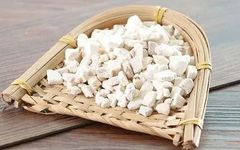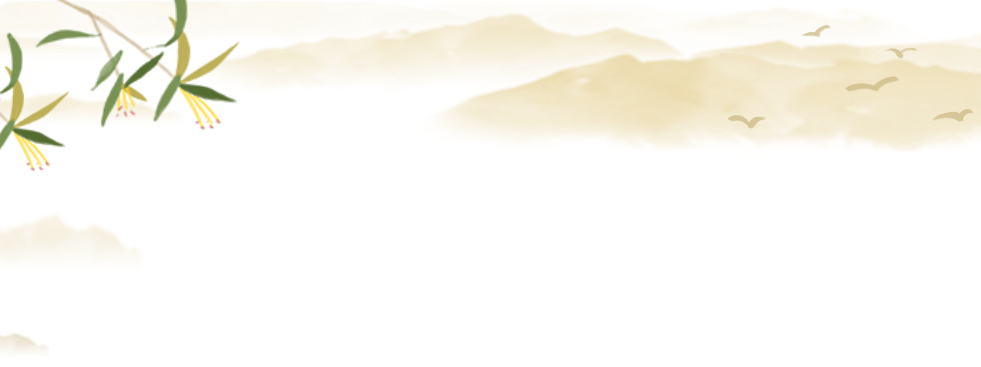
The Dual Role of Poria
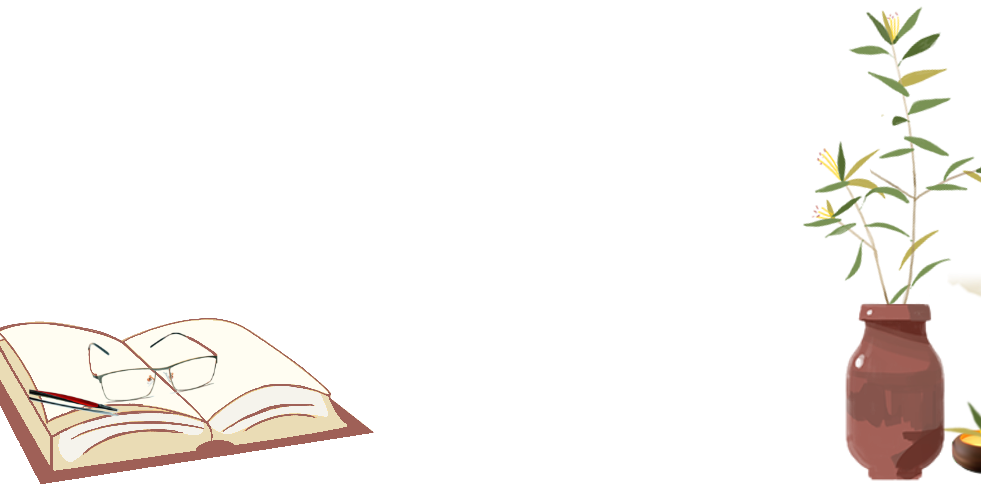
Story Sharing:
It is said that once Empress Dowager Cixi fell ill and lost her appetite. The chefs, racking their brains, selected several traditional Chinese medicinal herbs that could strengthen the spleen and stimulate appetite. Among them was Poria (Fu Ling), which is sweet in flavor and neutral in nature, beneficial for the spleen, calming the spirit, and promoting urination and dampness elimination. Thus, they made a thin pancake filled with pine nuts, peach kernels, osmanthus flowers, and honey, adding an appropriate amount of Poria powder, and using high-quality starch to create the outer skin. After tasting it, Cixi was very satisfied and often rewarded the court officials with this pancake. From then on, Poria pancakes became highly valued and were a famous delicacy in the palace. Later, this pancake spread to the common people, becoming a popular snack in Beijing.
Poria was referred to as the “Divine Medicine of All Seasons” in ancient texts, and the “Huainanzi” also records, “The thousand-year-old pine has Poria below and Cuscuta above,” indicating its wide application and excellent efficacy. Poria can be used both as medicine and food, made into various delicious medicinal dishes such as Poria pancakes, Poria cream, and Poria cakes.
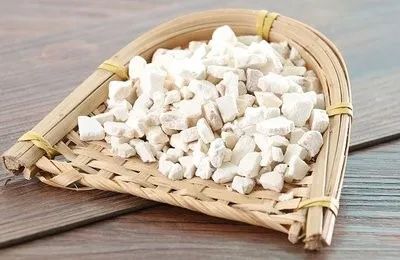
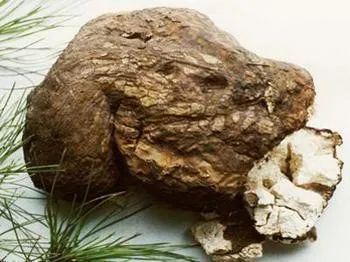
Poria
Poria (PORIA), also known as Poria cocos, Poria peel, Poria block, red Poria, and white Poria. Poria is spherical, flat, or irregular in shape, varying in size and weight from a few taels to over ten jin. The surface is blackish-brown or brown, with a thin and rough outer skin, and distinct raised wrinkles, often covered with soil. It is heavy, hard, and not easily broken; the cross-section is uneven, granular or powdery, with a light brown or light red outer layer and a completely white inner layer, with some being light brown, fine, and may show cracks or brown pine roots embedded in white fluffy pieces. It has no smell and is sticky when chewed. The best quality is firm in weight, with a brownish outer skin that is slightly shiny, deep wrinkles, a fine white cross-section, and strong stickiness. Poria is sweet and bland, neutral in nature; it enters the Heart, Spleen, and Lung meridians.[1]
1.Pharmacological Effects:

Modern research shows[2] that the main chemical components of Poria are polysaccharides and triterpenes, and it also contains steroids, volatile oils, fatty acids, choline, amino acids, and trace elements, exhibiting pharmacological effects such as promoting fluid metabolism, regulating gastrointestinal function, sedative effects, anti-tumor properties, and liver protection.
2. Clinical Applications:

In the “Shennong Bencao Jing,” Poria is classified as a superior herb, stating: “It treats chest and rib qi stagnation, anxiety, fright, palpitations, pain below the heart, cold and heat, fullness, cough, dry mouth, and tongue, promotes urination. Long-term use calms the soul and nourishes the spirit, prevents hunger, and prolongs life.” Poria is bland yet can drain, sweet yet can tonify, and can both purge and tonify, making it a suitable herb for various conditions. It promotes urination to treat edema and difficult urination, transforms phlegm to treat cough, strengthens the spleen and stomach to stop diarrhea and discharge, calms the spirit to treat anxiety and insomnia. Its properties are mild, without harming the righteous qi, thus it is particularly suitable for conditions of spleen deficiency with dampness and righteous deficiency with pathogenic excess.
References:
[1] National Administration of Traditional Chinese Medicine, Editorial Committee of “Chinese Herbal Medicine”. Chinese Herbal Medicine. Shanghai Scientific and Technical Publishers.
[2] Zuo Jun, Qi Tianli, Hu Xiaoyang. Advances in Chemical Composition and Modern Pharmacological Research of Poria [J]. Journal of Traditional Chinese Medicine, 2023, 51(01): 110-114.

Scan to follow
Qingdao Pediatric Tuina Research Association
All images are sourced from the internet, please delete if infringing

